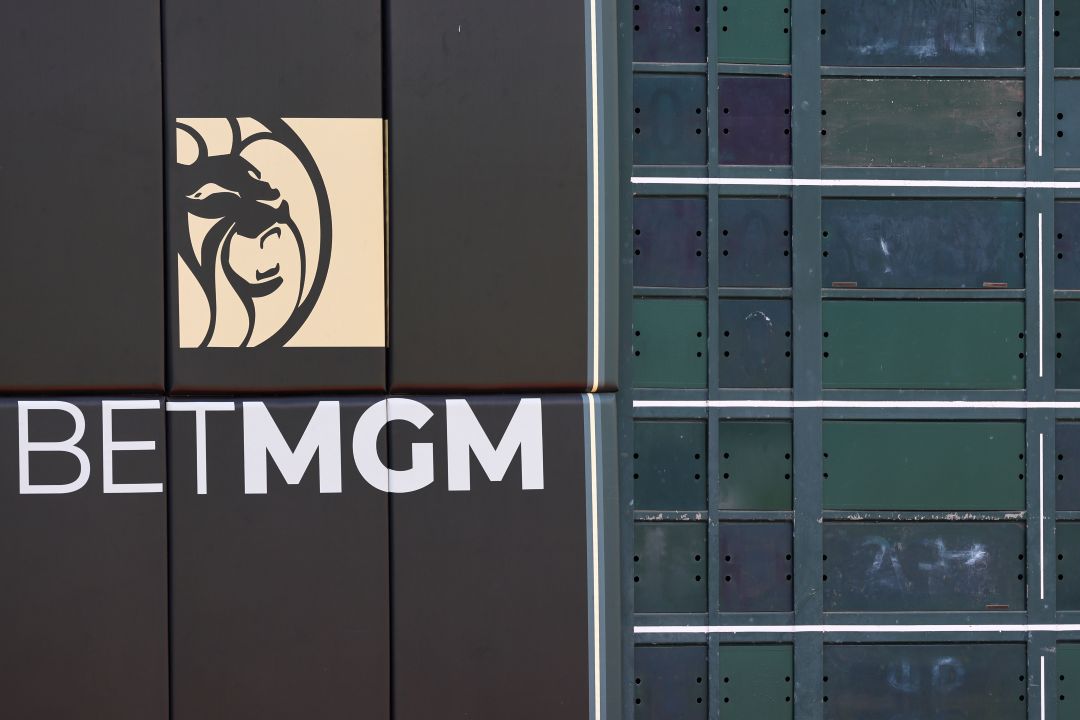America Needs Health-Care Reform, and Single-Payer Will Be No Part of It
This article originally appeared at National Review (Online).
Is America’s adoption of Canadian-style, single-payer health care inevitable? As Republicans fail to enact conservative reforms, a growing consensus — ranging from conservative columnist Charles Krauthammer to the liberal New Republic and former Senate majority leader Harry Reid — has emerged that single-payer is increasingly likely if not inevitable within the next decade. But don’t burn your private-health-insurance card just yet. Single-payer is not coming any time soon.
The “inevitability” argument is as follows: America tops the world in health-care spending yet fails to achieve better health outcomes. Insurance companies drive up costs though administrative bloat, paid advertising, excessive salaries, and an unrestrained drive for profits. Universal coverage has become a universal voter demand, and the chaos of Obamacare as well as the Republicans’ failure to deliver a popular alternative leaves as the only acceptable solution a single-payer system in which all citizens are enrolled in comprehensive, government-run health care. For these reasons, most Democrats and even one-fifth of Republicans 18 to 29 years old want a single national health plan.
But the “inevitability” argument for single-payer collapses under the weight of its astronomical cost to taxpayers.
Bernie Sanders’s 2016 proposal would cost $32 trillion over the first decade, requiring an average annual tax increase of $24,000 per household. Vermont in 2014 abandoned its single-payer plans when it was confronted by a required state-tax increase of 160 percent, up to $27,500 per household. New York’s recent attempt at single-payer suffered death by sticker shock. This summer, California’s single-payer plan was rushing toward enactment until the score came in at $400 billion per year, or $26,500 per household. This prompted Assembly Speaker Anthony Rendon, a Democrat, to abandon the plan because it “does not address many serious issues, such as financing, delivery of care, [or] cost controls” (gee, is that all?). And no, the family savings from no longer paying insurance premiums cannot balance these exorbitant taxes.
These stratospheric cost estimates stun advocates, who cling to the romantic fantasy that single-payer can cover virtually every health-care need, with little or no co-payments or deductibles, all at an affordable cost in taxes.
Such a system has never existed anywhere. For example, three-quarters of Canadians purchase supplemental health insurance to cover prescription drugs, ambulance costs, dentistry, and other services not fully covered by the government. Canada also rations care through lengthy wait times, leading 50,000 exasperated Canadians per year to go to the United States or elsewhere for major care. Other “single-payer” countries also often ration care, charge co-pays and deductibles, and depend on the private sector to supplement the government’s offerings.
Instead of accepting the trade-offs that every nation faces, Senator Sanders, the Vermont state government, and others promise citizens nearly all the health care they desire for “free.” That pushes projected tax costs through the roof, even before accounting for the massive new demand that would result from nearly all procedures, drugs, and treatments being “free.”
Single-payer nations have not reduced costs through groundbreaking innovations in health delivery. They merely pay providers less, and ration care. But a mature health system like America’s cannot simply slash payment rates to European levels. Large and roomy hospitals have been built, expensive technologies adopted, and billion-dollar drug-research investments made under the promise of reimbursement rates sufficient to recoup their costs. European governments never slashed payment rates deeply. They merely set them low decades ago and thereby discouraged expensive investments from being made in the first place (choosing instead to free-ride off America’s innovations and drug developments). Despite the higher cost base in the United States, health-care costs here have grown at rates similar to those in the rest of the developed world since 1990.
This high cost base is why profit margins for health-insurance companies and hospitals are not excessively high — and cannot absorb deep cuts.
So why not simply adopt Medicare for all? Because Medicare’s survival depends on providers overcharging private-insurance customers in order to recoup their losses from Medicare’s below-cost reimbursements. Medicare’s annual payment errors total $60 billion (so much for its supposed efficiency). And even though Medicare tries to save money through member premiums, co-pays, and deductibles as well as through low provider payments and coverage gaps that make Medigap policies necessary, it is still heading toward bankruptcy, with a projected $33 trillion shortfall over the next 75 years.
Medicare recipients are flocking to the relatively free-market Medicare Advantage system, and benefiting from a Medicare prescription-drug program that has relied on private-sector choice and competition to come in 40 percent below projected cost. Evidently markets can work in health care.
Finally, most Americans simply distrust the government too much to accept the upheaval it would create by imposing single-payer. They would be loath to trade their current private insurance for a bureaucratic system designed by the same politicians who gave us a collapsing Obamacare system and endless wait times for veterans seeking care from the VA.
America needs fundamental health-care reform. A single-payer system will not be part of it.
Brian Riedl is a senior fellow at the Manhattan Institute. Follow him on twitter @Brian_Riedl.
Interested in real economic insights? Want to stay ahead of the competition? Each weekday morning, E21 delivers a short email that includes E21 exclusive commentaries and the latest market news and updates from Washington. Sign up for the E21 Morning Ebrief.
iStock Photo


